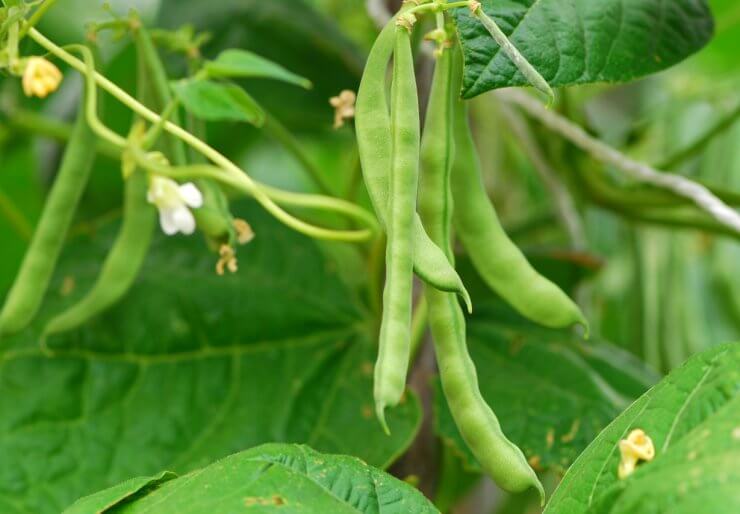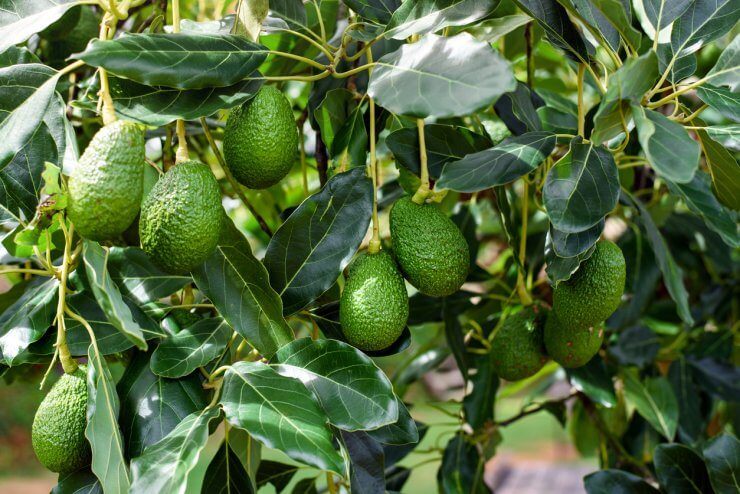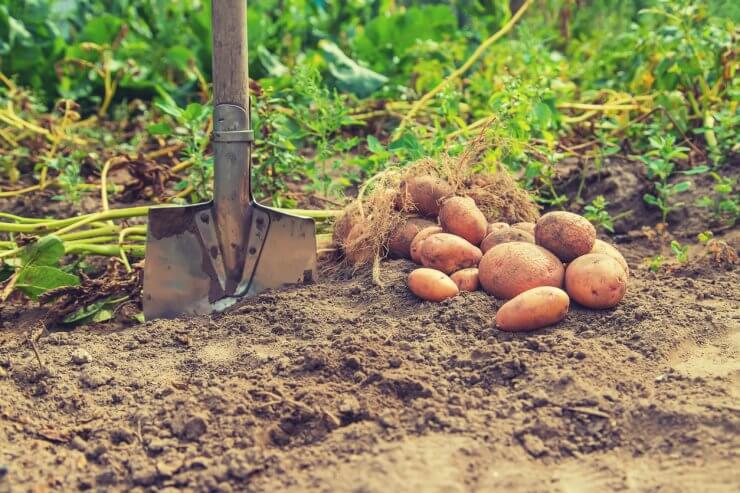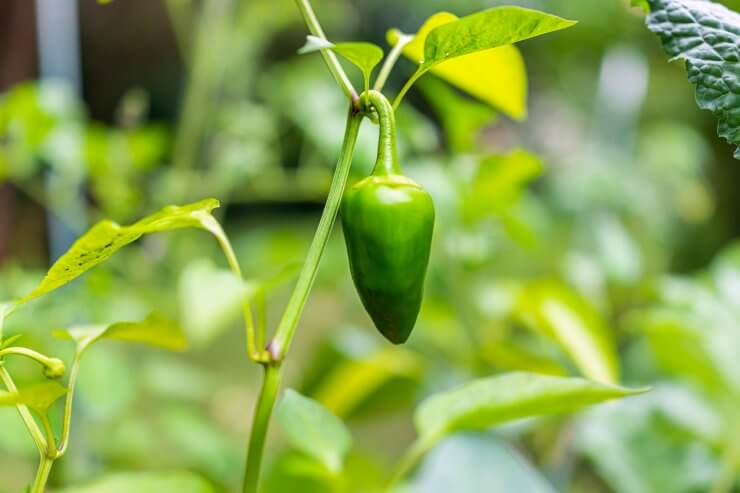
There’s a new trend taking root across the country, and it’s a lifestyle as rich and rewarding as the fresh vegetables, honey, and eggs it produces. Urban and suburban families are embracing the charms of small farm living, carving out slices of rural paradise on 5- to 15-acre plots. These modern-day farmers aren’t abandoning their careers but are instead weaving farm life into their evenings, weekends, and retirement plans. It’s not just about cultivating crops and raising animals—it’s about cultivating a closer connection to their food and a deeper appreciation for the land.
Life on a Few Acres
Small farms vary in size but typically occupy between 5 and 15 acres. That’s enough space to grow a variety of crops, raise chickens for fresh eggs, keep bees for honey, and even house a few goats or sheep. While these farms are often just for the family’s enjoyment, some have a small commercial side, selling surplus produce or artisanal products like goat cheese and honey at local farmers’ markets.
Here’s the best part: it’s financially feasible. Families save on groceries by growing their own organic produce, while surplus crops or farm-fresh goods bring in a modest income. And because many small farms qualify for agricultural tax benefits, the land can cost less to maintain.
Case Studies from Across the Country

1. The Olsons in Kentucky (Zone 6b)
The Olsons, a bourbon-loving couple, decided to trade their suburban cul-de-sac for a 10-acre plot outside Louisville. They raise heritage chickens and grow sweet corn, green beans, and blackberries. During bourbon distilling season, their bees pollinate nearby farms, making their honey a sought-after local delicacy. Both still work—Tim in marketing and Lila in teaching—but their evenings are spent tending to their farm.

2. The Chens in California (Zone 9b)
Newly retired tech executives, the Chens moved to a 7-acre farm near San Jose. Their farm boasts avocado and citrus trees, a year-round vegetable garden, and a small herd of Nubian goats for milk and cheese. They’ve even started a micro-winery, turning surplus grapes into private-label wines.

3. The Carpenters in Vermont (Zone 5a)
In northern Vermont, the Carpenters embraced small farm life to enjoy a slower pace. Their 12-acre property features a maple grove for syrup production, a potato patch, and three alpacas whose fleece they sell to local artisans. Winters are harsh, but they’ve learned to store root vegetables and preserve fruits to last through the colder months.

4. The Rodriguezes in Texas (Zone 8a)
The Rodriguezes live on 8 acres outside Austin, where they raise chickens, bees, and a thriving salsa garden of tomatoes, jalapeños, and cilantro. They sell jars of their homemade salsa at a local co-op. Both still work full-time—Marisol in healthcare and Diego as a web developer—but their farm is their weekend passion project.

5. The Thompsons in Georgia (Zone 8b)
Retired educators, the Thompsons turned their 9-acre property near Savannah into a fruit farm with peaches, blueberries, and figs. They also maintain a small plot for peanuts and a beekeeping operation. Their farm stand has become a beloved community spot.
Why the Move to Small Farms?
For many, it’s a lifestyle choice rooted in health, sustainability, and joy. Small farms let families grow organic, pesticide-free food while spending quality time outdoors. For retirees, the slower pace and physical activity are a welcome shift from decades of office life. And let’s not forget the charm of waking up to the crow of a rooster or the hum of bees.
Climate zones also play a big role in farm planning. Warm climates like Zones 9 and 10 allow for nearly year-round planting, while cooler climates like Zone 5 require planning for shorter growing seasons and cold-hardy crops.
Share Your Story
We’d love to hear from you! Are you or someone in your community embracing small farm life? Whether it’s a personal tale or a story about your local farm stand, we want to know how small farm living is impacting your life. Please post a comment below or drop us a note and let’s keep the conversation growing!


 Previous
Previous

